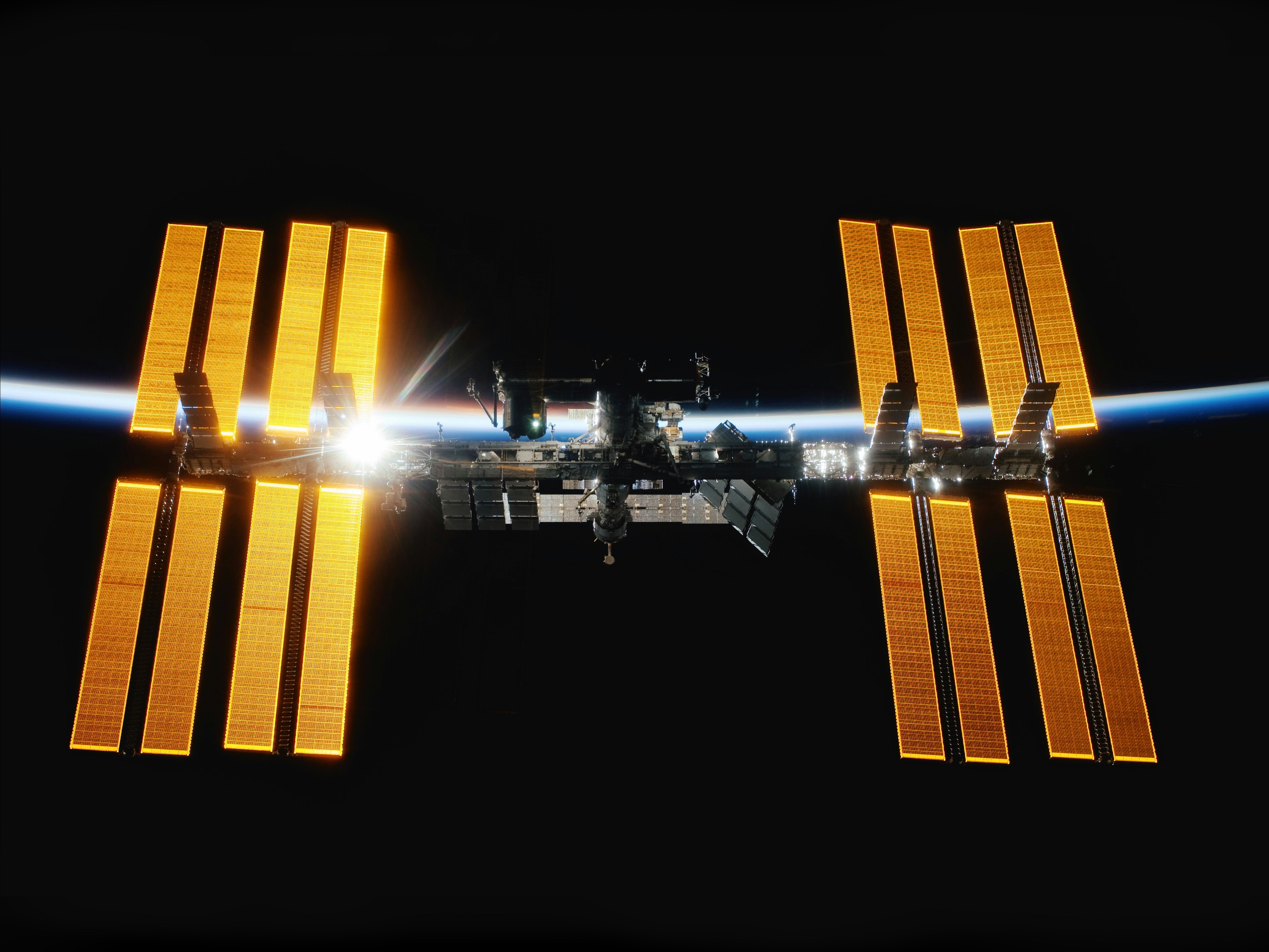By Lucia McQuillan-Puccetti
Barry Wilmore and Sunita Williams were the two American astronauts expected to spend roughly eight days on the ISS (International Space Station) in June. Due to technical issues on the Boeing Starliner’s first flight, they have had to remain in space longer than anticipated. They have already spent more than two months on the space station, and will have to wait till February 2025 to be brought back to Earth on a SpaceX Dragon (spacecraft produced by American private space transportation) – almost eight months after they arrived.
Unfortunately, the Boeing Starliner flight suffered from helium gas leaks, which were used to push fuel into the aircraft’s thrusters. The Starliner returned to Earth without the crew on 6th September after the US space agency came to the final decision that Starliner was not safe enough to bring the astronauts back to Earth. However, NASA insists the two astronauts are not actually “stranded” in space, because they intended for the Starliner aircraft to reveal certain issues in its first flight. In fact, Boeing’s Starliner had already been delayed for many years due to complications in the spacecraft’s development, and two previous unmanned flights in 2019 and 2022 also suffered technical problems.
Though Wilmore’s and Williams’ stay has been a lot longer than expected, the ISS has its food supplies restocked around every 90 days, meaning the pair of astronauts will not be short of food during their extended stay. Two robot cargo ships have already docked there since their arrival in June, and the ISS stocks four months worth of food for seven people.
During their stay, Wilmore and Williams have been conducting daily scientific experiments and research, such as robotic operations, growing plants in microgravity and using ultrasounds on their veins to understand how space affects the human body. The crew also wears heart, brain or blood monitors to record their physical responses to the challenging environment.
Despite the unfortunate situation, Wilmore and Williams have previously completed two long-duration stays in space and are adapting well to their extended mission. They actually openly stated that they feel “grateful” to be able to spend more time in space. Williams said that although she was disappointed to see the Boeing Starliner return to Earth without them, she is looking forward to embarking the new spacecraft, SpaceX Dragon, that will bring them back to Earth next year. The SpaceX Dragon capsule launched on the 29th September from Florida, Russian cosmonaut Alexander Gorbunov and Nasa astronaut Nick Hague on board, equipped with fresh supplies for Wilmore and Williams. The SpaceX Dragon is expected to bring back the “stranded” pair of astronauts to Earth in February next year.
However, Williams and Wilmore are not the first to be “stranded” in space. One of the longest stays in space due to a malfunction was Sergei Krikalev’s stay. The cosmonaut launched on 18th May 1991 as a flight engineer and was set to spend about 150 days in space, in the Mir space station. However, he happened to be up in space at the time of the dissolution of the Soviet Union, meaning he remained in space for 311 days – which at the time was a world record. This issue was due to it being unclear who was willing to pay for his safe return flight home. This extended stay in space posed him with many challenges, both physical (such as microgravity causing bone weakening) and psychological. Finally, on 25th March 1992 a joint German-Russian space mission brought him back to earth.
